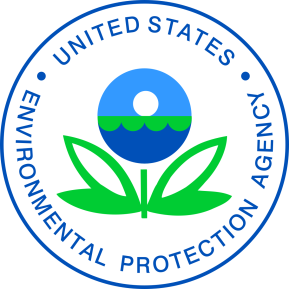Guarding Our Water Supply
Environmental laws protect the air we breathe, the water we drink, and the land we inhabit. While significant progress has been made since the Environmental Protection Agency (EPA) was established 50 years ago, federal, state, and local officials face daunting challenges in enforcing the nation’s environmental laws.
Despite improvements, serious violations are widespread across all programs and industry types, and current monitoring relies largely on self-reporting. As a result, tens of millions of Americans are exposed to pollution hotspots and unsafe drinking water. But the risks to people aren’t equally shared. For example, the California State Water Resources Control Board (SWRCB) estimated in 2013 that over a quarter of the waters supplying the state’s community groundwater systems are contaminated, disproportionately affecting poorer, rural, and communities of color.
Guarding Our Water Supply is a project run by Stanford's Regulation, Evaluation, and Governance Lab (RegLab) and federal and state EPA agencies to build a program for clean water and environmental compliance. By working in partnership, the team hopes to transform a fifty-year-old regulatory system with data-driven insights and to create environmental protection for all.

Professor, Law; Faculty Director, RegLab; 2023-2024 Investment Advisory Council

Assistant Professor, Geophysics

Executive Director, RegLab
Related Links:
Enhancing Environmental Enforcement With Near Real-Time Monitoring: Likelihood-Based Detection of Structural Expansion of Intensive Livestock Farms, by Ben Chugg, Brandon Anderson, Seiji Eicher, Sandy Lee, Daniel E. Ho. [International Journal of Applied Earth Observation and Geoinformation, July 2021]
Mapping Industrial Poultry Operations At Scale With Deep Learning And Aerial Imagery, by Caleb Robinson, Ben Chugg, Brandon Anderson, Juan M. Lavista Ferres, Daniel E. Ho. [arXiv, December 2021]


